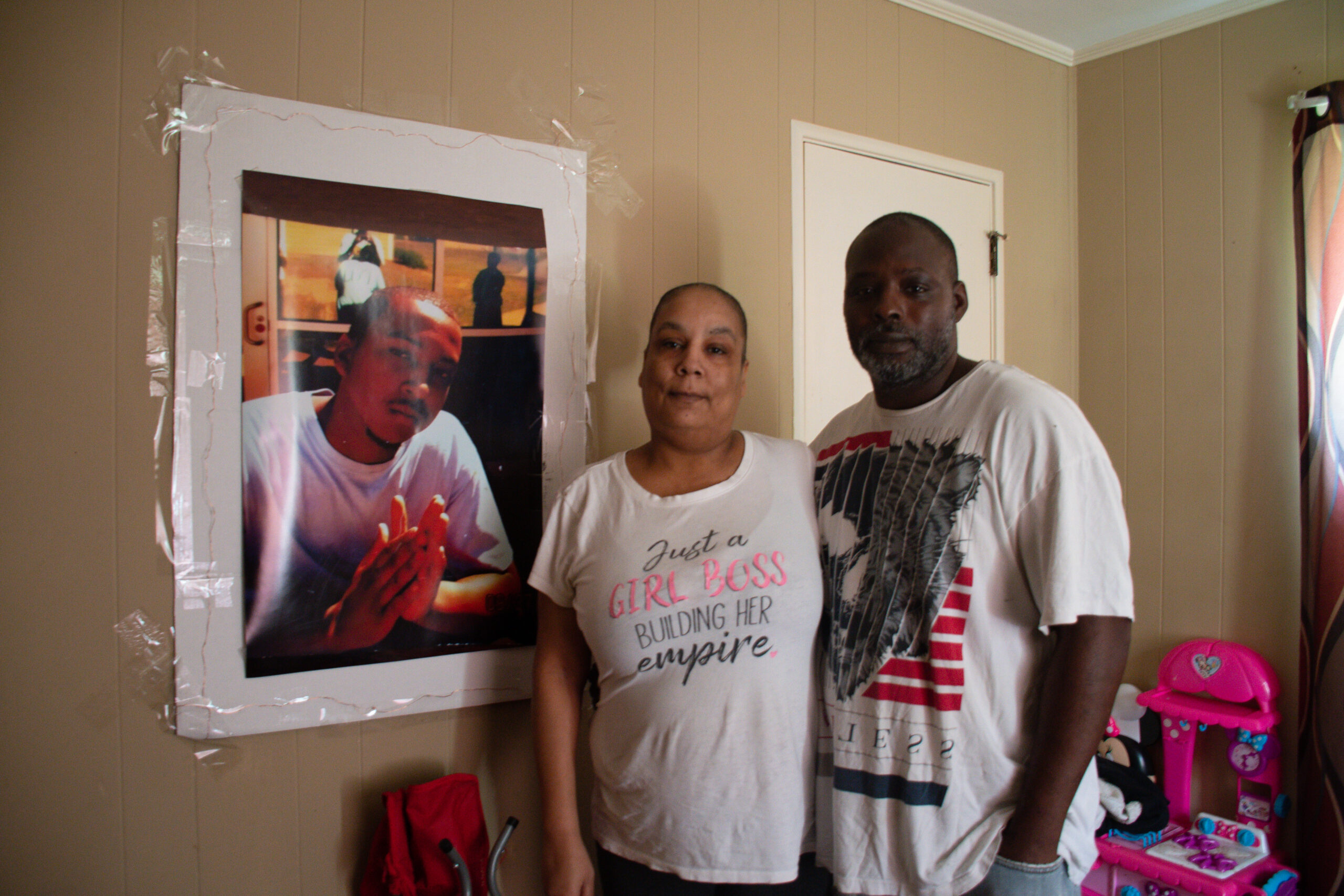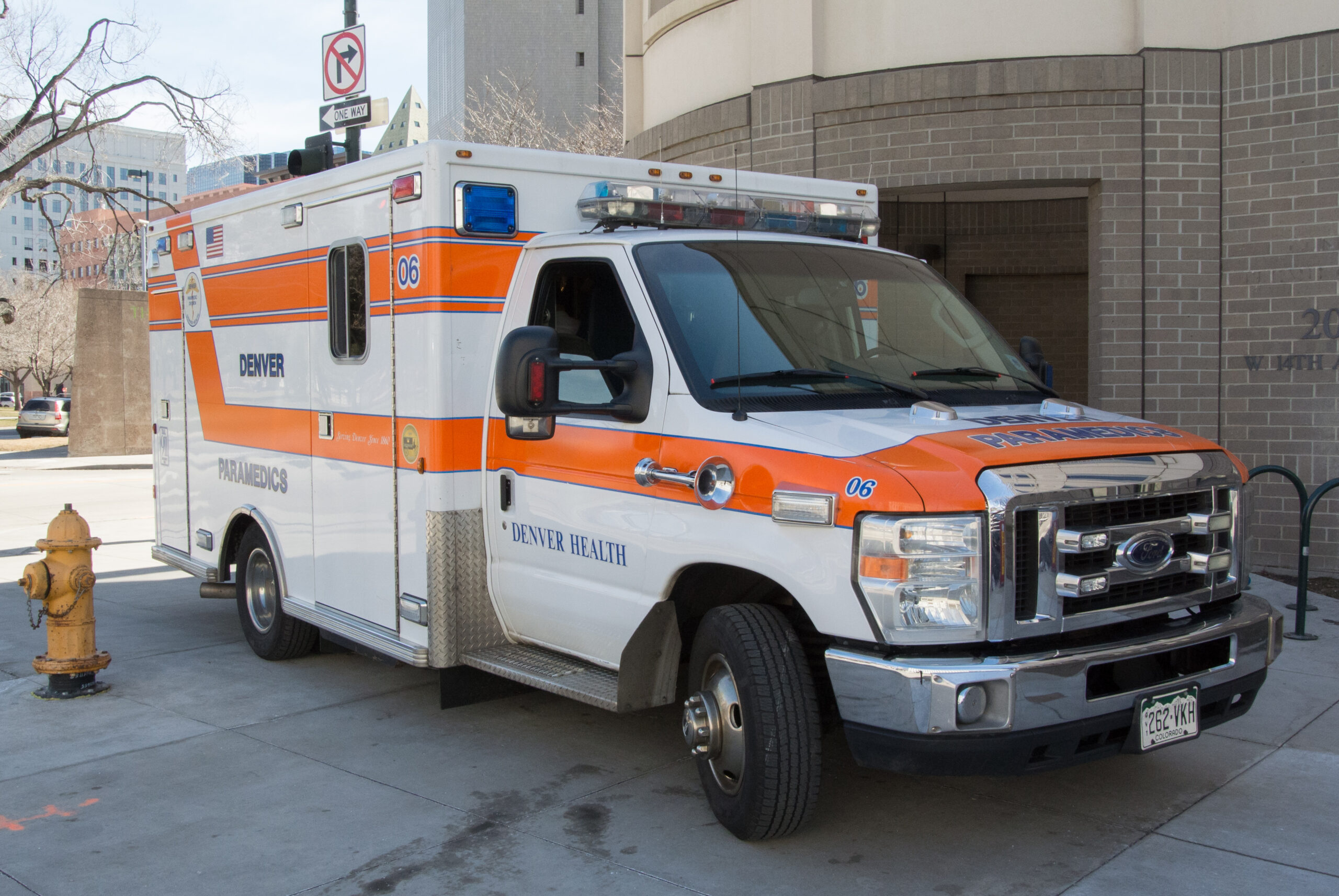An investigation of police force that wasn’t supposed to end in death.
See the full project from the Associated Press and partners.
The cumulative stress of policing has public safety consequences for law enforcement officers, too
The mental health needs of law enforcement officers are rarely emphasized in the ongoing debate over police reform. Just talking about mental health can carry a stigma. But the problem is real. According to some research, one in four police officers screened positive for hazardous drinking, one in seven met criteria for PTSD and depression, and one in 10 met criteria for an anxiety disorder or suicidal ideation. Experts say a culture shift is needed so that asking for help, such as professional counseling, is not seen as a sign of weakness.
Georgia requires less basic training for new police officers than any state but Hawaii
Georgia requires fewer hours of basic training for law enforcement officers than any state but Hawaii. New recruits need the equivalent of about 10 regular work weeks. Once on the job, they face unpredictable and dangerous situations, and sometimes they subdue people using force that isn’t supposed to kill – but does. From 2012 through 2021, 30 people died in Georgia after encounters in which officers used “less-lethal force” such as holding
someone facedown in what’s known as prone restraint. That’s according to an investigation by
the Howard Center for Investigative Journalism at the University of Maryland, in collaboration
with The Associated Press.
Georgia mandated training for police on stun gun use, but hasn’t funded it
Georgia requires police officers to be trained in the use of stun guns, but the state has never funded the requirement. As a result, training is put in the hands of local law
enforcement agencies. An investigation by the Howard Center for Investigative Journalism at
the University of Maryland, in collaboration with The Associated Press, found that at least 30
people died in Georgia from 2012 through 2021 after encounters in which police used “less-
lethal force,” such as Tasers, that was not intended to kill. Officers used stun guns in two-thirds
of those cases.
Despite safety warnings, police departments continue misapplying restraint positions and techniques
Two officers stood on Fernando Rodriguez’s outstretched arms, handcuffs connecting his wrists. Another stood on the shackles binding the 24-year-old’s legs. A fourth officer kneeled on Rodriguez’s back. The fifth placed his weight on the man’s buttocks.
Ketamine: An alternative to police force or a silent killer?
Aurora Fire Rescue paramedic Jeremy Cooper stood above the slight 23-year-old man as he lay face down in the grass, a policeman’s knee in his back, wrists handcuffed and pulled high behind him.
Myth of “superhuman strength” in Black people persists in deadly encounters with police
Deputy Steven Mills of the Lee County Sheriff’s Office was on patrol one night in 2013 when he received a call about a Black man walking down a rural road in Phenix City, Alabama, naked in 50-degree weather.
How non-shooting deaths involving police slip through the cracks in Las Vegas
Growing up as latchkey kids on Guam, a U.S. territory in the Western Pacific, he and Glenn spent their childhood mostly outdoors, tinkering with their bicycles and riding their skateboards. If anyone tried to pick on his brother, Richard had his back.
FRONTLINE documentary to air April 30
The film, "Documenting Police Use of Force,'' takes viewers behind the scenes of the unprecedented investigation into why more than 1,000 people across the U.S. died after police subdued them with force that wasn't meant to kill.
‘My dad, he needed help’: Woman says her dead father deserved more from Nevada...
On a chilly morning in 2019, just after 3 a.m., Roy Anthony Scott called 911 to report that a group of people – one armed with a saw – was trying to break into his apartment. This wasn’t the first time a dispatcher had sent emergency responders to Scott’s home in Sunset Gardens, a senior living complex in Las Vegas.
Mental health problems and meth show up repeatedly in deaths in non-shooting police encounters
Roy Anthony Scott’s death is not an anomaly. The Howard Center for Investigative Journalism in collaboration with The Associated Press identified 11 other deaths in non-shooting police encounters in Nevada from 2012 to 2021. Five of those who died had histories of mental illness and meth in their systems at the time of their deaths. Those findings track broader data on national police deaths.
California law enforcement agencies have hindered transparency efforts in use-of-force cases
Despite new laws intended to “pierce the secrecy” protecting California police officers, law enforcement agencies have thwarted those who seek information on cases of misconduct – in some instances battling requesters in court. And some basic personnel records – including complaints and disciplinary action against officers – are still hidden from the public, accessible only when a California judge grants access to them.












